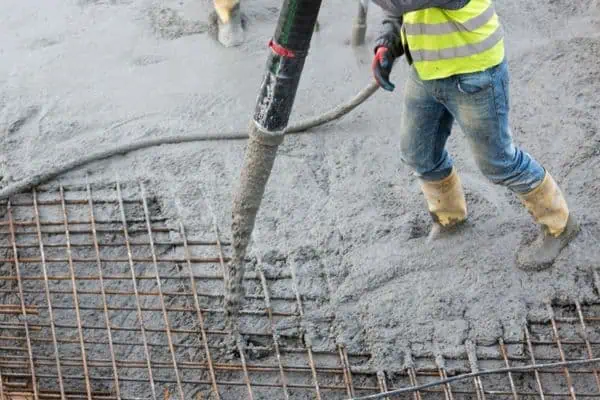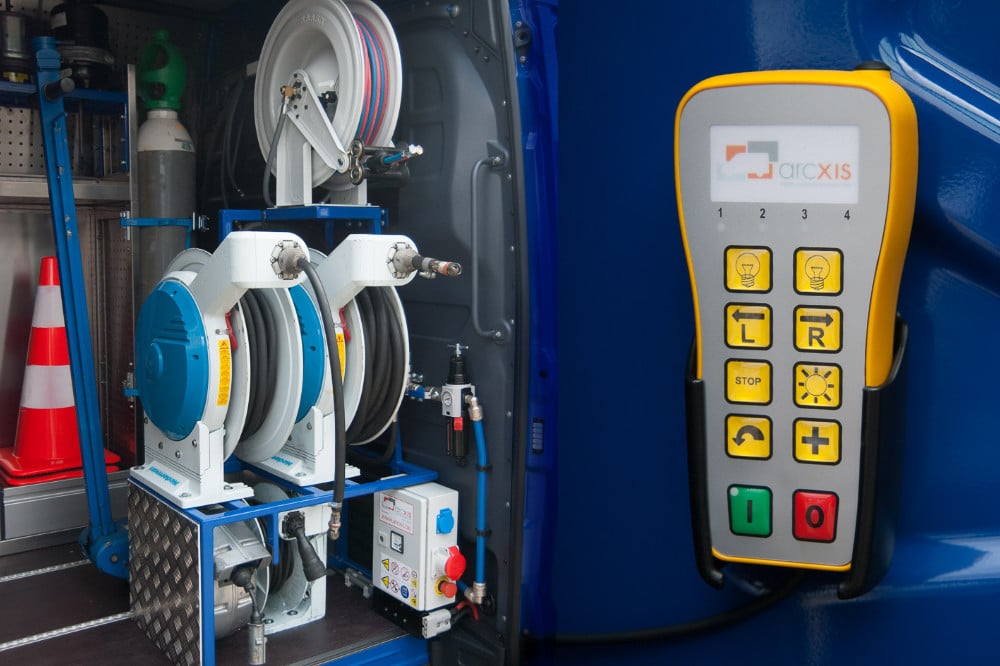Unleashing Efficiency and Safety for Your Operations

When it comes to system design and integration for mobile equipment, we are the industry leader. We take a comprehensive approach, partnering with the Engine OEM and the Machine OEM to enhance productivity, maximize uptime, and prioritize safety.
Our integrated solutions cater to the needs of both the machine OEM and the end user. For instance, we offer durable plug-and-play subsystems, including engine control panels with variable speed capabilities, wireless machine control, and cloud-based remote monitoring and diagnostics. Our CANbus-based hardware seamlessly ties it all together with optimized wire harnesses, sensors, and HMI products.
No matter your mobile equipment application, we’ve got you covered. We start by thoroughly understanding your requirements, specifications, and scope of work. Next, our team of experienced application engineers, project managers, and product experts will collaborate with you throughout the development process.
Mobile Equipment Applications

TRAILER MOUNTED EQUIPMENT
Airport ground support
Cable reels
Industrial cleaning
Road maintenance
Water pumps
Wood chippers

WORK TRUCKS
Aerial work platforms
Bulk feed trailers
Car transport
Concrete mixers
Concrete volumetric mixers
Digger derricks
Fire apparatus
Hook lifts
Knuckle boom cranes
Service truck cranes
Tow recovery
Trailer axle steering
Vacuum trucks

CONSTRUCTION EQUIPMENT
Excavators
Paving equipment
Rock crushers and screeners
Wheel loaders

MINI CONSTRUCTION & FORESTRY
Forwarders
Harvesters
Horizontal boring
Skid steer loaders
Stump grinders
Trenching

AGRICULTURE
Bale wrappers
Harvesters
Mulchers
Planters
Seed tenders
Sprayers
Turf placement

MINING
Conveyors
Drills
Feeder breakers
General dewatering
Generators
LHDs and Light towers
Network/Communications
Rock breakers
Roof bolters
Shotcrete sprayer
Wheel dozers







